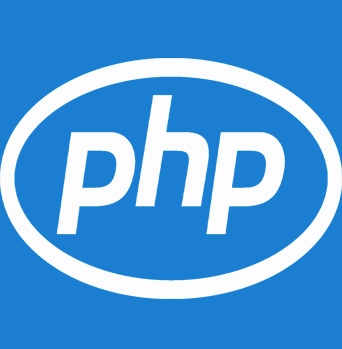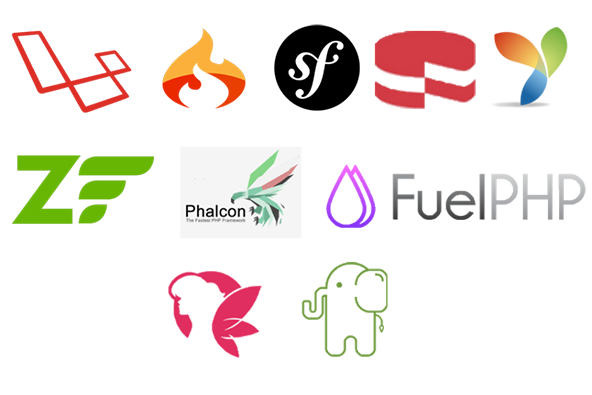


PHP is a server-scripting language that is mostly used for dynamic and interactive web development. PHP is the acronym for “PHP: Hypertext Preprocessor”. It was formerly designed by Rasmus Lerdorf in 1994. PHP is the most popular server-side scripting language. It is the first server-side scripting language that can be embedded with HTML. PHP can be used to manage databases, sessions, cookies, and also to develop an entire dynamic website. PHP is an interpreted and object-oriented scripting language and there is no need for compiling. PHP files may contain text, HTML, CSS, JavaScript, and PHP codes. PHP files have the extension ".php". PHP supports several protocols such as HTTP, POP3, SNMP, LDAP, IMAP, and many more. According to studies approximately 75% of websites still use PHP. PHP 8.0.10 is the latest version of PHP.

HTML is the acronym for “HyperText Markup Language”. HTML is used to structure the web pages.HTML is the most used standard markup language for developing a website. A static website can be built by only using HTML. HTML uses elements to define the structure of the web page. Each tag in HTML has its own properties. Some of the basic tags are:
CSS is the acronym for “Cascading Style Sheet”. CSS is used to give styling to the HTML elements. CSS is the most popular language for designing web pages. CSS helps to design the layout of multiple web pages easily. By using CSS, we can reduce the use of HTML attributes and it helps to render the web page much faster.
JavaScript is a lightweight, high-level, weakly-typed, interpreted, object-oriented scripting language. JavaScript is mainly used to make the website dynamic and interactive. JavaScript is integrated with HTML which makes it easy to implement. JavaScript doesn’t require any other environment; most of the browsers support it. JavaScript also helps to render the web page even without reloading. JavaScript is also used to develop mobile applications, games, and desktop applications.

Open-Source: PHP is free of charge, and any version can be used by anyone according to their needs. Similarly, PHP frameworks are also open-source.
Platform-Independent: Since PHP is available for every operating system, a PHP application that has been developed in one OS can be run on another OS.
Faster: PHP is much faster than similar scripting languages, and it can use its own memory, so it renders faster, as well as making its performance higher.
Simple: PHP is a very simple and user-friendly scripting language. The syntax of PHP is similar to other languages and easy to understand.
Case-Sensitive: Like other languages, PHP is also case-sensitive. The keywords can’t be used for naming variables and identifiers.
Error Reporting: PHP has some predefined error reporting constants for generating a warning or error notice at the time of execution. E.g., E_ERROR, E_WARNING, E_STRICT, E_PARSE.
Database Support: PHP supports most of the databases which are currently used in the industry namely MySQL, PostgreSQL, Oracle, and Microsoft SQL Server.
Server Support: PHP supports almost all the servers that are currently in use, such as Apache, WAMP, Nginx, etc.
Loosely Typed: Declaration of the variable is not required in PHP. The data type of the variable will be considered based on the value of the variable automatically at the time of execution of the program.
Security: PHP is one of the most secure scripting languages for developing a website. PHP has multiple layers of security that reduce the risk of threats and malware.

<?php
echo “Hello World !”;
?>